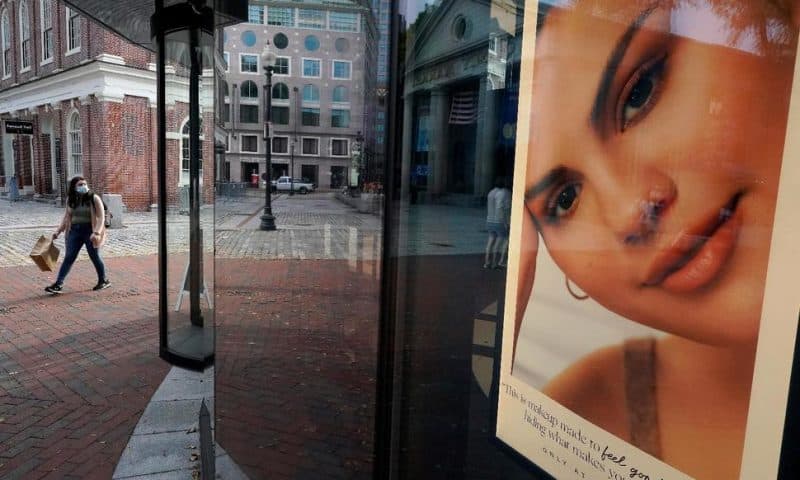The economy grew at a 4.1% pace in the final three months of 2020, slightly faster than first estimated, putting an end to a year in which the overall economy shrank more than it had in the past seven decades.
WASHINGTON — The economy grew at a 4.1% pace in the final three months of 2020, slightly faster than first estimated, ending a year in which the overall economy, ravaged by a global pandemic, shrank more than in any year in the past seven decades.
The influx of new government stimulus efforts and accelerated vaccine distribution could lift growth in the current quarter, ending in March, to 5% or even higher, economists believe.
The 4.1% gain in the gross domestic product — the broadest measure of economic health — is a slight upward revision from 4% growth in the first estimate released a month ago, the Commerce Department reported Thursday.
The revision does alter the nation’s annual GDP which shrank 3.5%, the largest decline since 1946 when the U.S. demobilized after World War II.
As bad as 2020 was, it’s set the nation up for what economists believe will be a very strong rebound. Many project a growth rate of 5% or more in the current quarter or more, with 9% growth the headline in some forecasts.
For all of 2021, economists are forecasting the GDP could grow by 6%. That would be the fastest annual GDP growth since the economy expanded 7.2% in 1984 when Ronald Reagan was president.
Fueling optimism about an economic comeback is a sharp decline in new COVID-19 infections, and recent surging sales in the beleaguered retail sector.
“You have massive government stimulus, low interest rates from the Fed and the vaccine supply is growing,” said Sung Won Sohn, finance and economics professor at Loyola Marymount University in Los Angeles. “The economy is beginning to fire on all cylinders.”
The upward revision to the nation’s quarterly GDP reflected stronger housing construction, a bigger increase in business inventories, and a smaller decline in state and government spending than first estimated a month ago.
These gains offset a slightly slower increase in consumer spending, which accounts for two-thirds of economic activity. The new report showed consumer spending growing at a 2.4% rate, slightly lower than the 2.5% gain initially estimated.
Housing construction, the star performer for the economy last year, grew at a 35.8% rate in the fourth quarter following a 63% surge in the third quarter. Business investment grew at a strong 14% rate in the fourth quarter while state and local government spending fell for the third consecutive quarter.
It is the second of three estimates the government will make on GDP activity in the final quarter of a horrendous year. GDP fell by 5% in the first quarter followed by a record-shattering plunge at a rate of 31.4% in the April-June quarter as the pandemic shut down much of the U.S. economy.
Between July and September the economy rebounded at a 33.4% rate before slowing to a 4.1% gain in the fourth quarter when infections spiked just as government support expired. Americans pulled back sharply on spending as a result.
That situation has reversed. Economists expect a notable snap back this quarter with infections waning and a $900 billion support program passed by Congress in late December.
Gregory Daco, chief economist at Oxford Economics, said he had revised up his GDP forecast to show 7.2% growth in the first quarter, followed by further strong gains based on an expectation that President Joe Biden’s $1.9 trillion relief plan will win congressional approval next month.
“We anticipate a summer mini-boom in activity, juiced up by reduced virus transmission, increased vaccine diffusion and generous fiscal stimulus,” Daco said.

